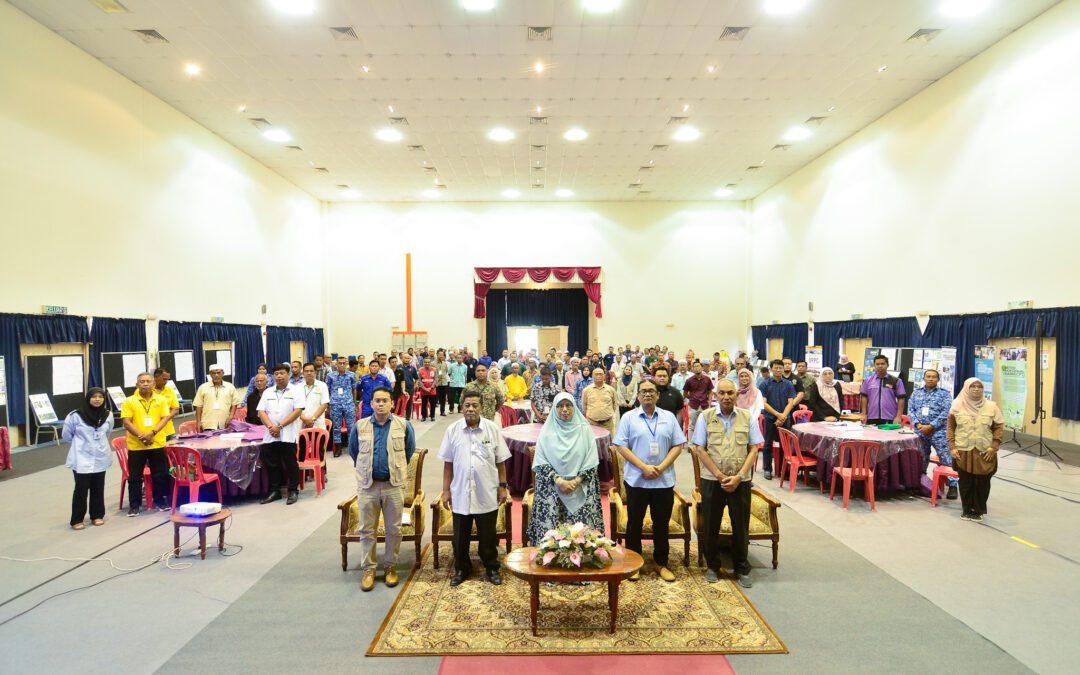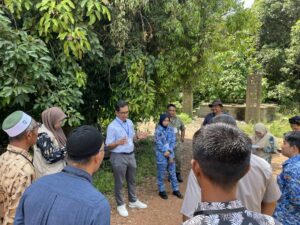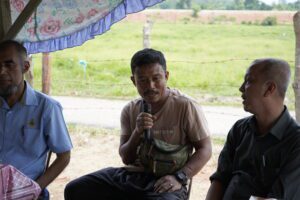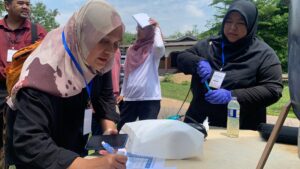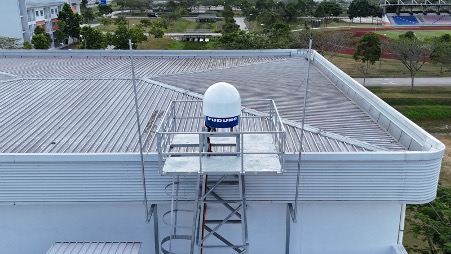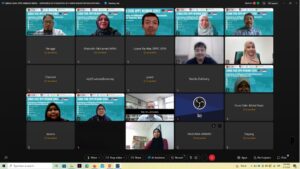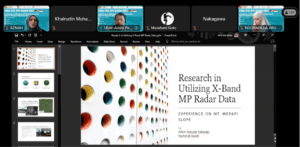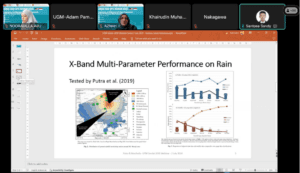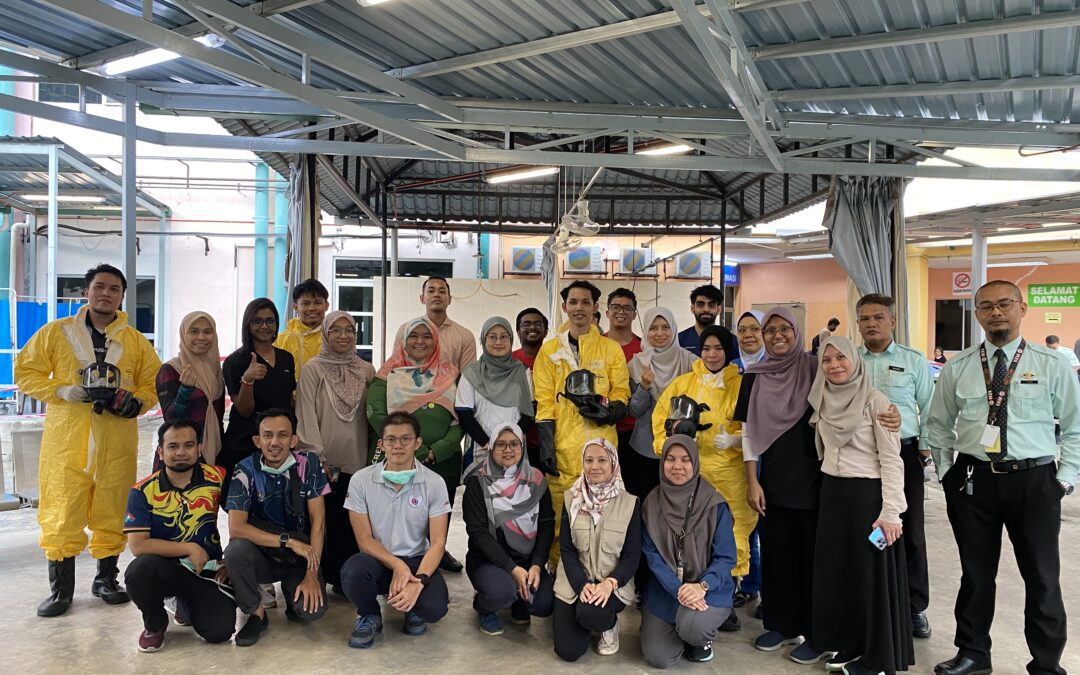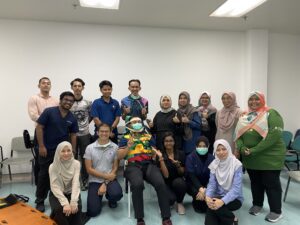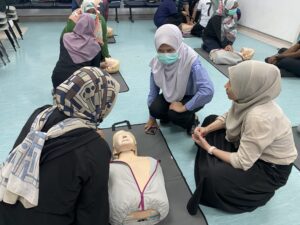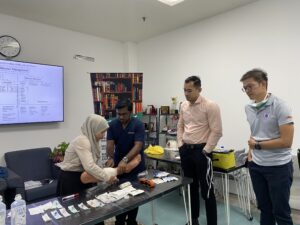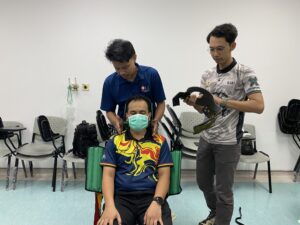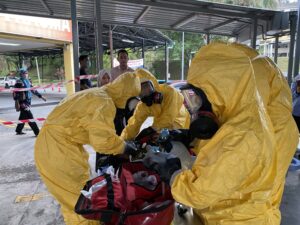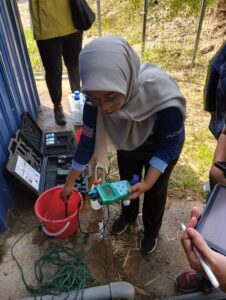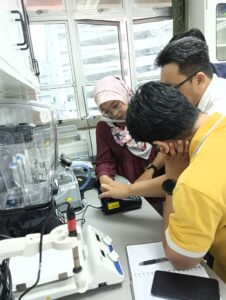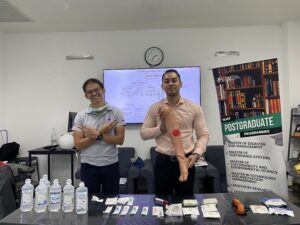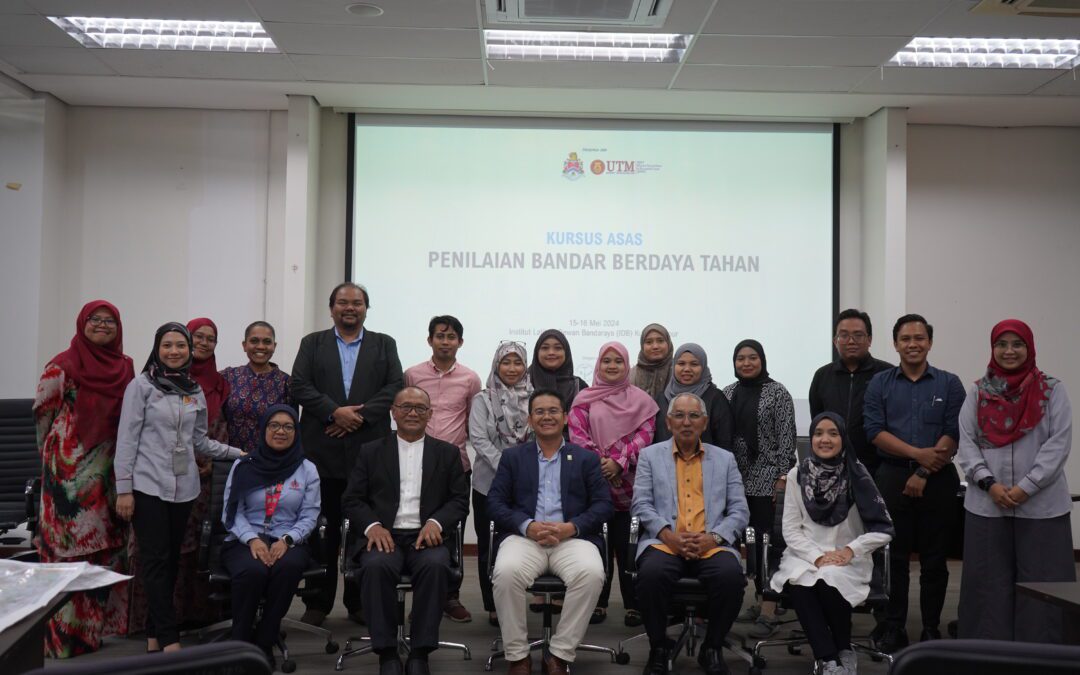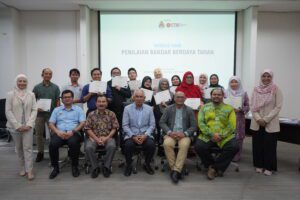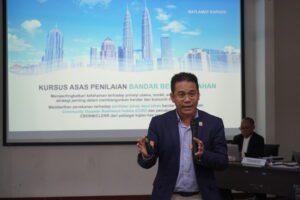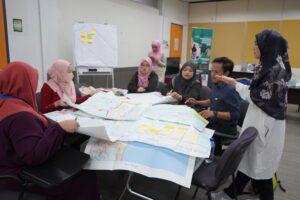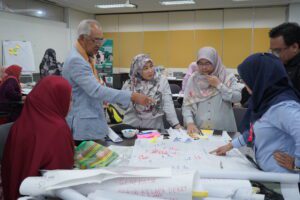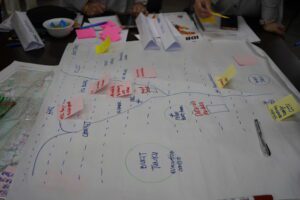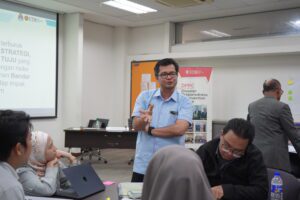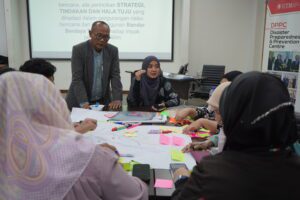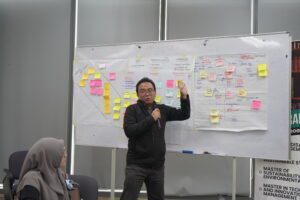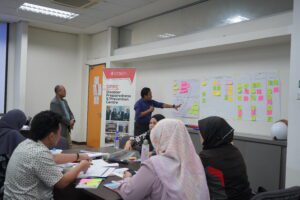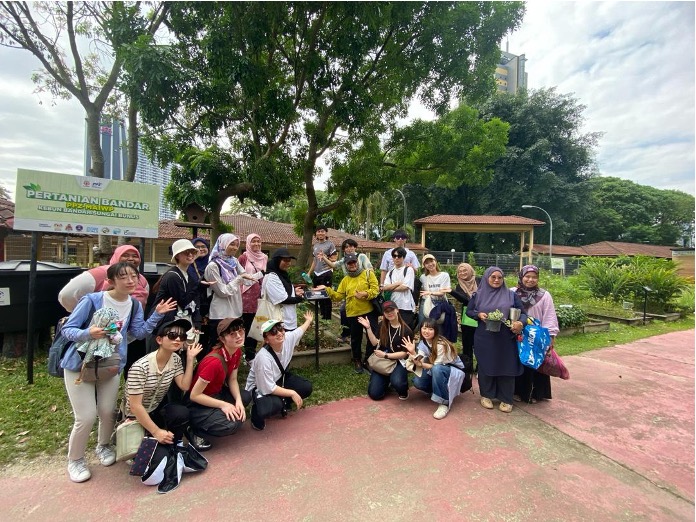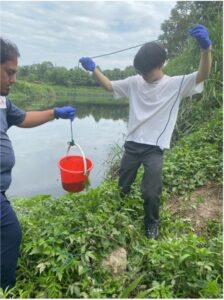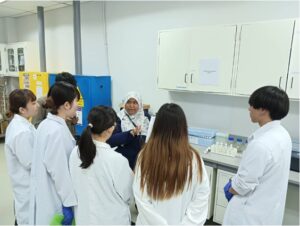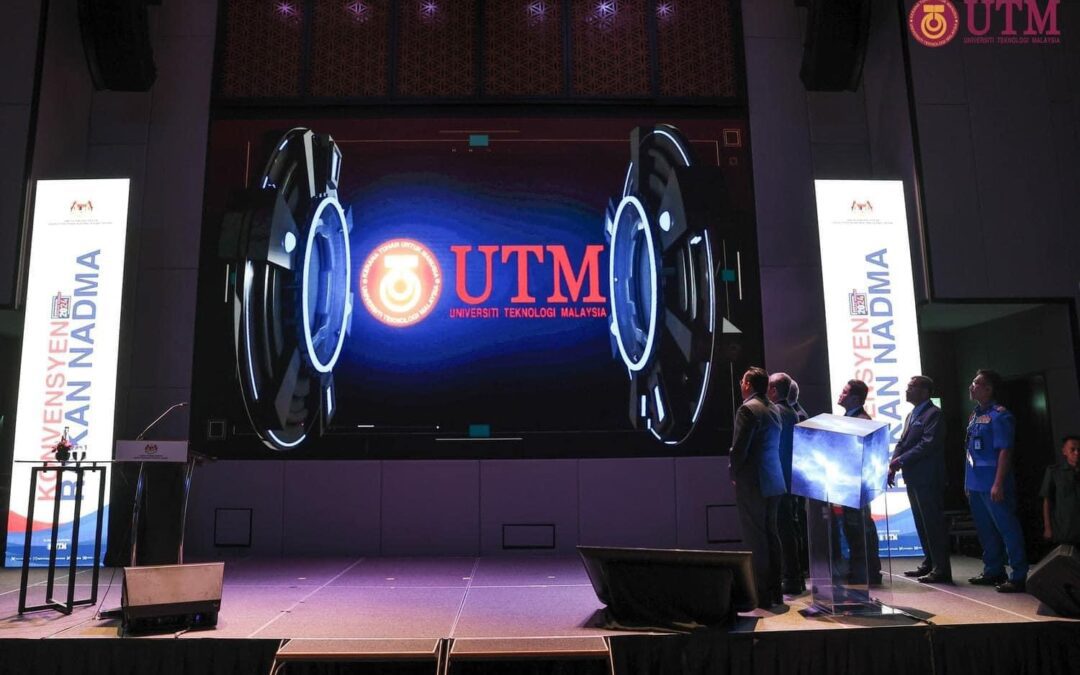
RAKAN NADMA 2030: Platform DRR & Wadah Perjuangan Sektor Kemanusiaan dan Sukarelawan di Malaysia
Putrajaya, 8hb Oktober 2024 – Konvensyen RAKAN NADMA yang julung kali diadakan di negara ini pada 08 Oktober 2024 dianjurkan oleh Agensi Pengurusan Bencana Negara (NADMA) dengan kerjasama pintar Disaster Preparedness and Prevention Centre (DPPC), Malaysia-Japan International Institute of Technology (MJIIT), Universiti Teknologi Malaysia (UTM) Kuala Lumpur sempena sambutan bulan kesiapsiagaan nasional dan hari sedunia, International Day for Disaster Risk Reduction (IDDRR) selaras dengan sasaran United Nations Office for Disaster Risk Reduction (UNDRR) Sendai Framework for Disaster Risk Reduction 2015-2030 (SFDRR2030).
Satu lagi usaha yang telah dilakukan dalam memartabatkan dan meraikan peranan, sumbangan dan komitmen rakan-rakan NGO di bawah payung RAKAN NADMA dalam pengurusan bencana. Pelbagai pihak agensi kerajaan mahupun NGO kini mempunyai matlamat dan keinginan yang sama untuk membantu rakyat dalam menangani impak sesuatu bencana. Melalui penganjuran konvensyen yang mengangkat model kerjasama unik dengan pembabitan agensi kerajaan, NGO, GLC/swasta akademia, dan jaguh setempat (local champion) rentas sektor dan kepakaran yang diterajui oleh NADMA untuk memperkukuhkan konsep “shared responsibility” ke arah menyokong aspirasi nasional terhadap agenda pengurangan risiko bencana (DRR) dan pengukuhan daya tahan.
Pengisian utama Konvensyen RAKAN NADMA 2024 dimulai dengan sidang Transformasi DRR dalam menghubungkan visi global dengan tindakan tempatan yang dikongsikan oleh panel pakar dari Jepun, Profesor Masahiko Horie (Pegawai Khas dan Duta Hal Ehwal Alam Sekitar Global, Kementerian Luar Negeri Jepun / Penasihat Khas kepada Pengerusi Universiti Meiji, Jepun) dan Profesor Izumi Takako (Profesor International Research Institute of Disaster Science (IRIDeS), Tohoku University, Jepun)
Selain itu, pentas syarahan dan dialog transformasi DRR juga memberi ruang perkongsian pengalaman bersama pengurus bencana dan jaguh setempat (local champion) dengan topik-topik menarik melalui penceritaan pengalaman dan perkongsian kisah lapangan semasa bencana besar melanda Malaysia.
Matlamat utama hari sambutan sedunia IDDRR 2024 adalah “Empowering the next generation for resilient future” melalui tema “the role of education in protecting and empowering youth for disaster-free future”. Usaha ini dapat dilihat melalui kerjasama NADMA, UNICEF dan Universiti Teknologi Malaysia (UTM) melalui projek berimpak tinggi dalam memperkasakan daya tahan wanita, kanak-kanak dan OKU.
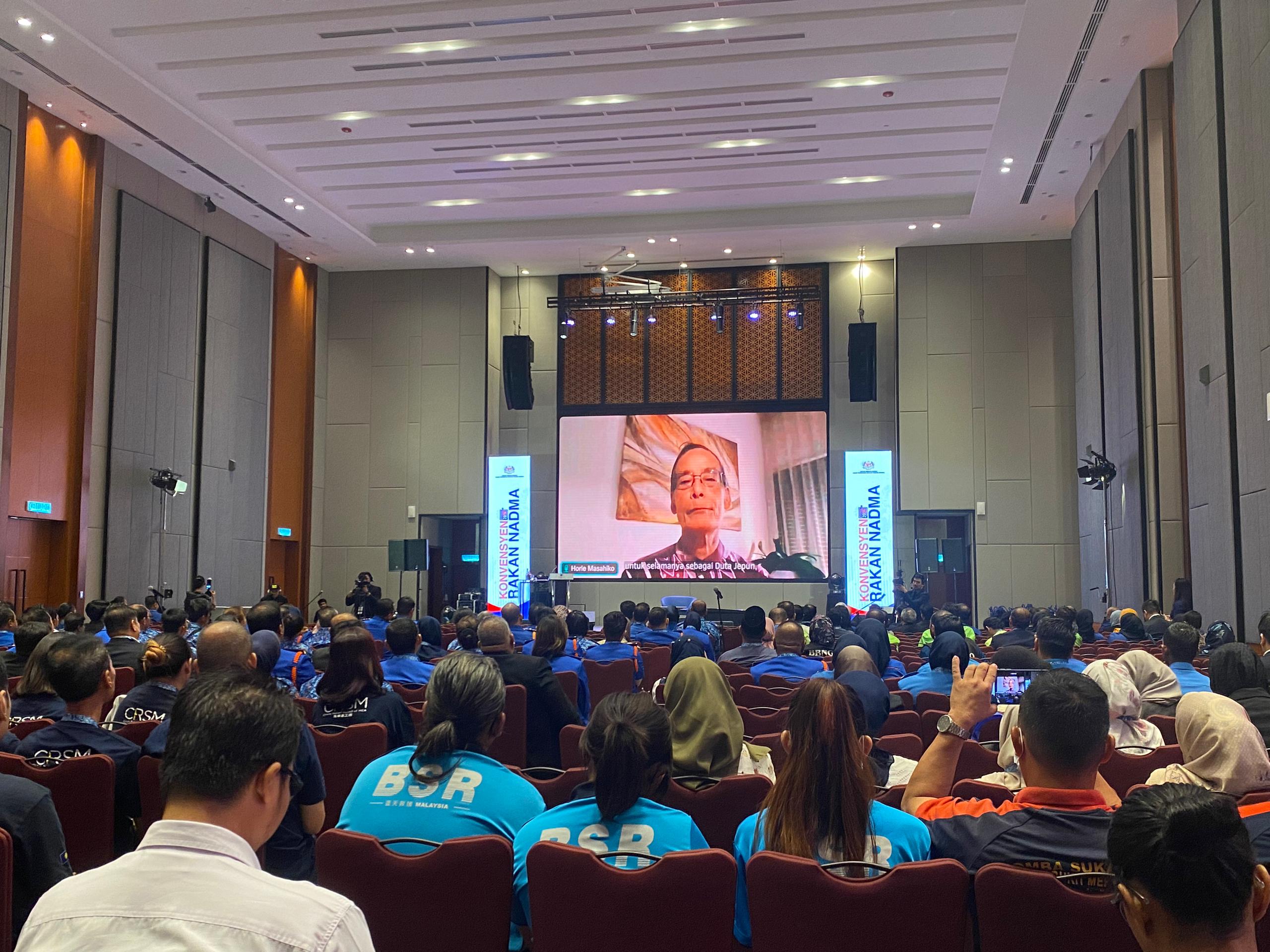
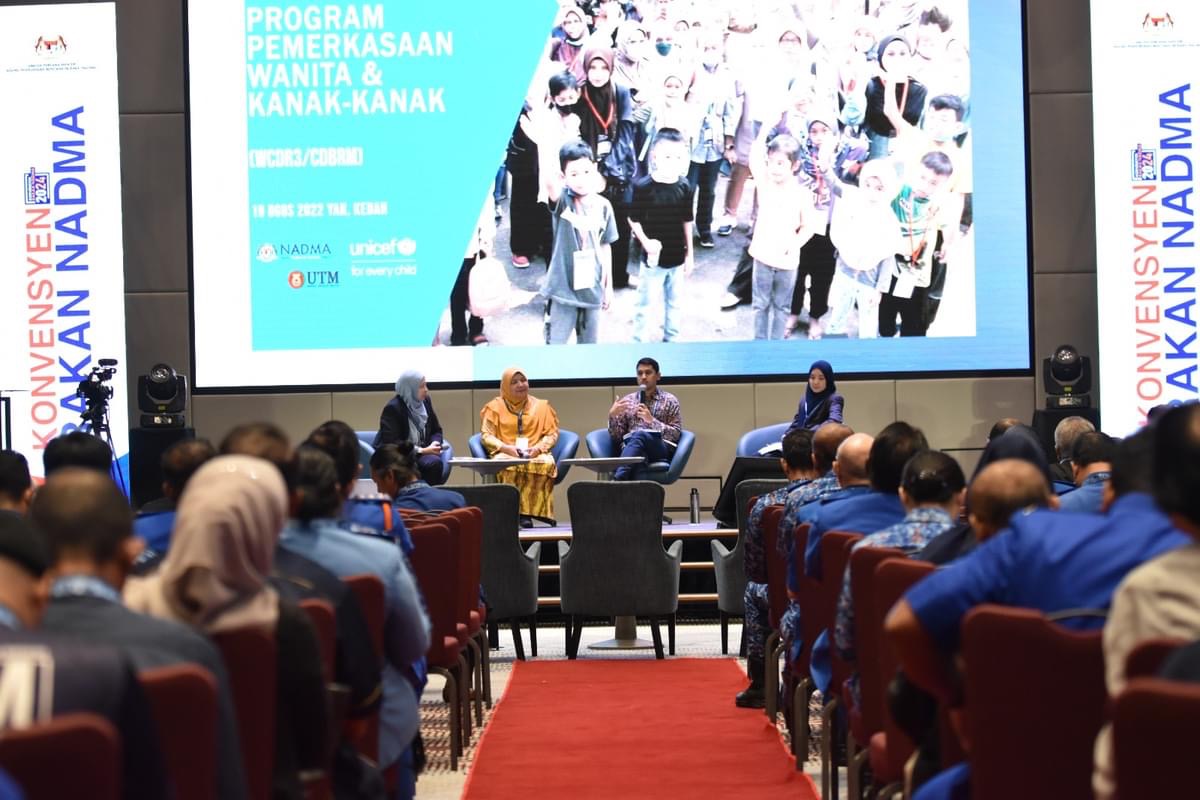
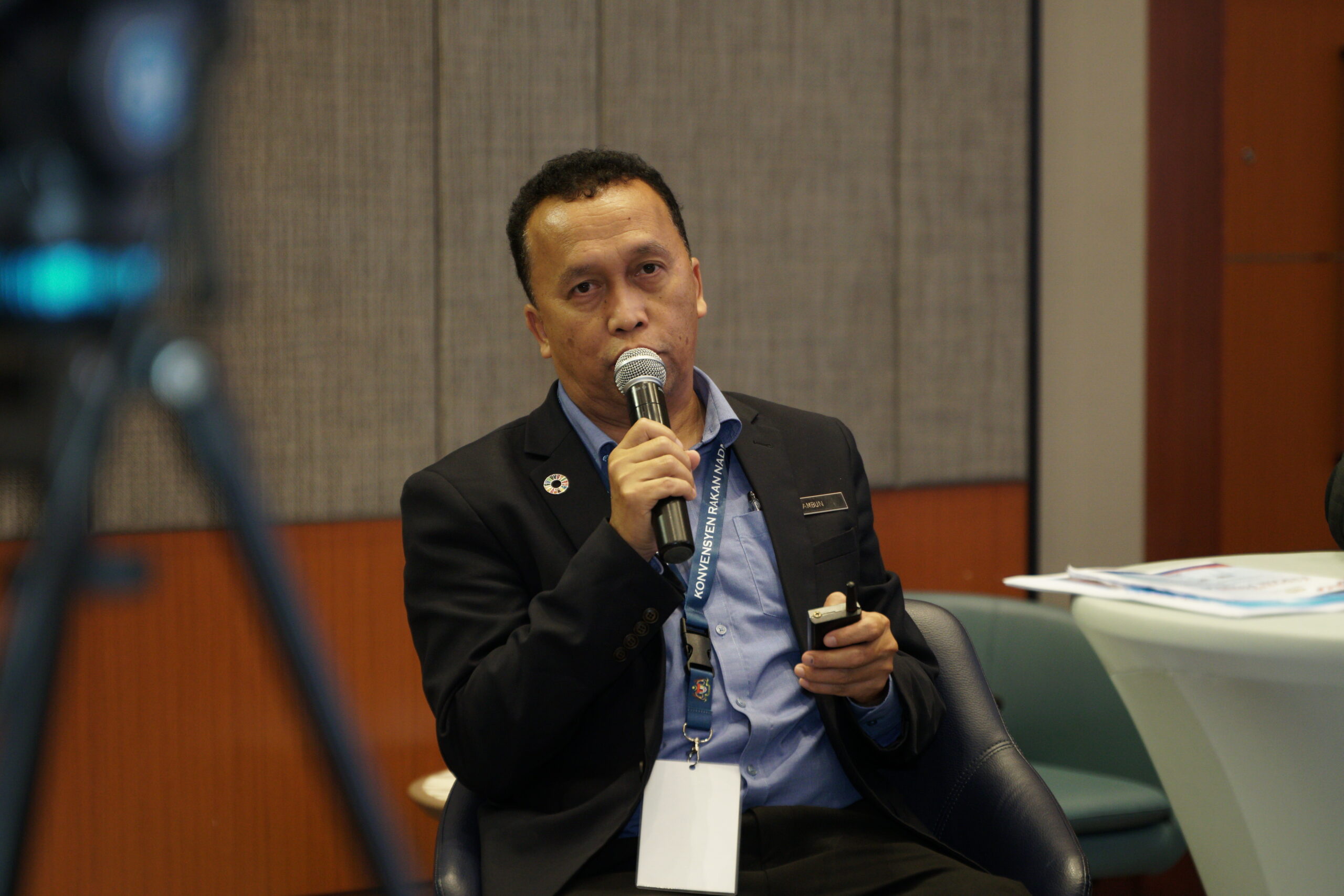

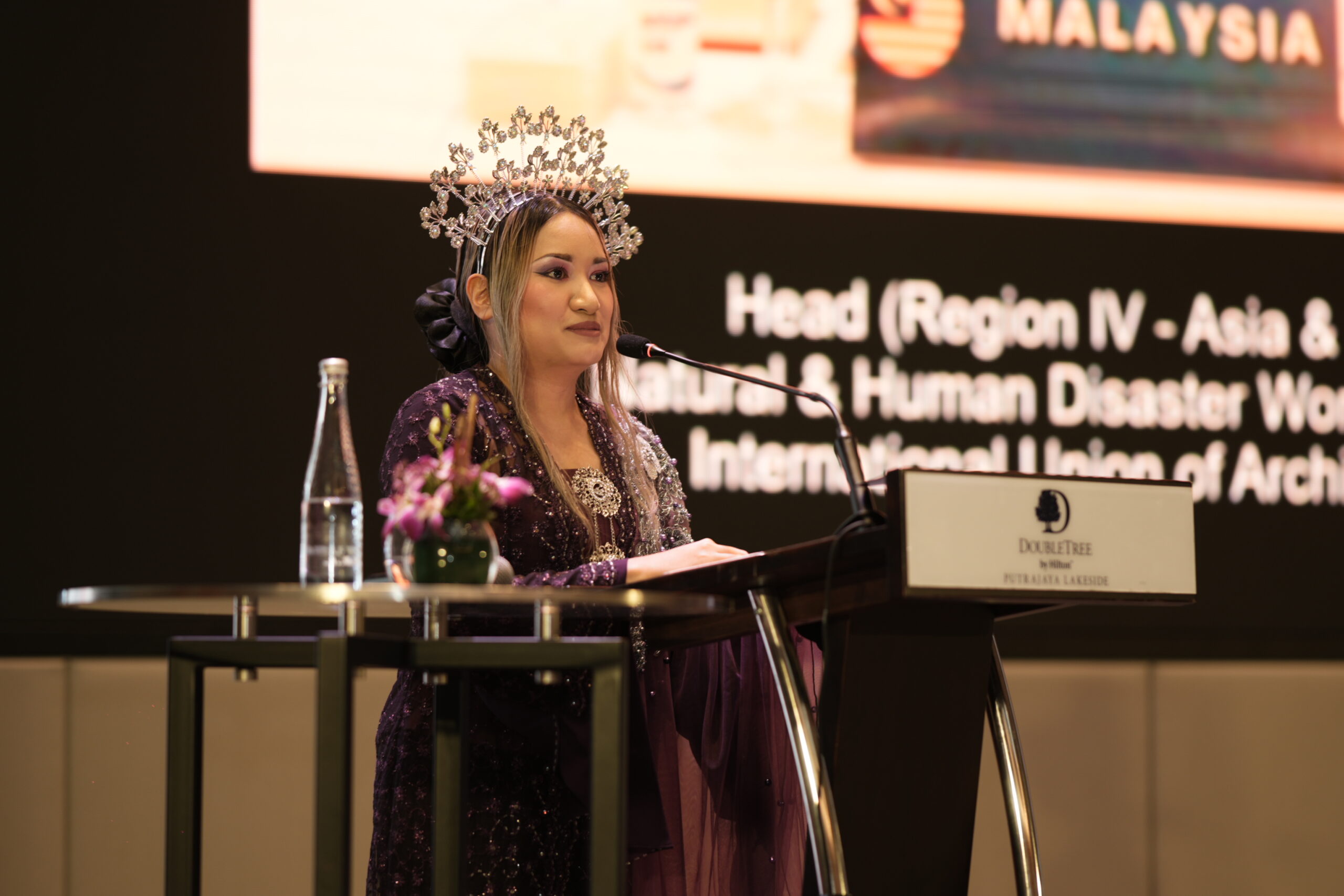
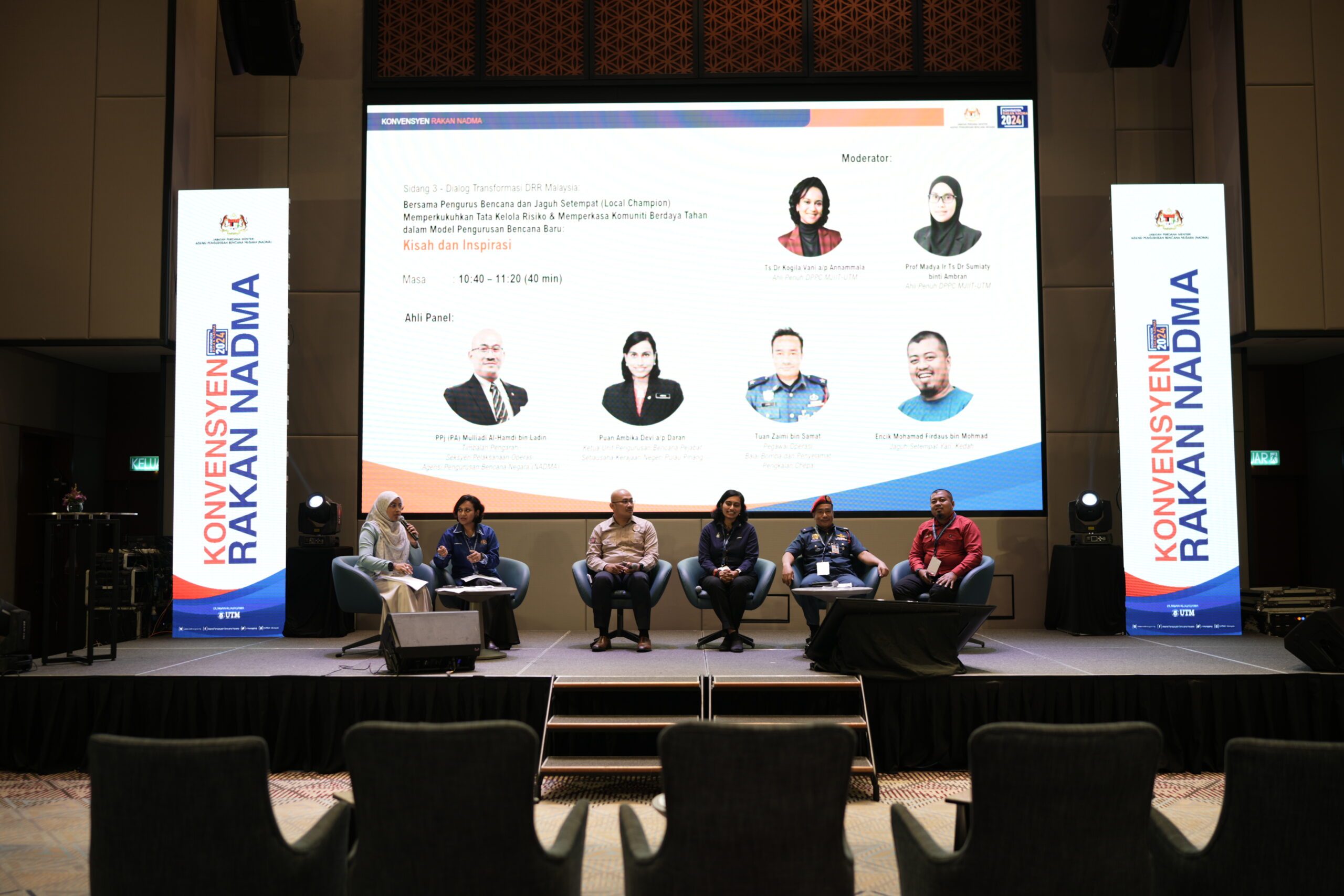
Majlis Perasmian Konvensyen RAKAN NADMA 2024 dan Pelancaran Pelan Rejuvenasi RAKAN NADMA 2030 disempurnakan oleh YAB Dato’ Seri Dr. Ahmad Zahid bin Hamidi, Timbalan Perdana Menteri merangkap Pengerusi Jawatankuasa Pengurusan Bencana Pusat. Dalam ucapan YAB TPM menyatakan kerajaan telah selari dengan komitmen kerajaan terhadap Sendai Framework for Disaster Risk Reduction 2015-2030 yang menjadi panduan pengurusan bencana di antarabangsa, di mana penglibatan ahli akademia dari Malaysia-Japan International Institute of Technology (MJIIT), Universiti Teknologi Malaysia (UTM) Kuala Lumpur dalam projek-projek berimpak tinggi dengan pihak NADMA merupakan salah satu usaha yang telah dilaksanakan.
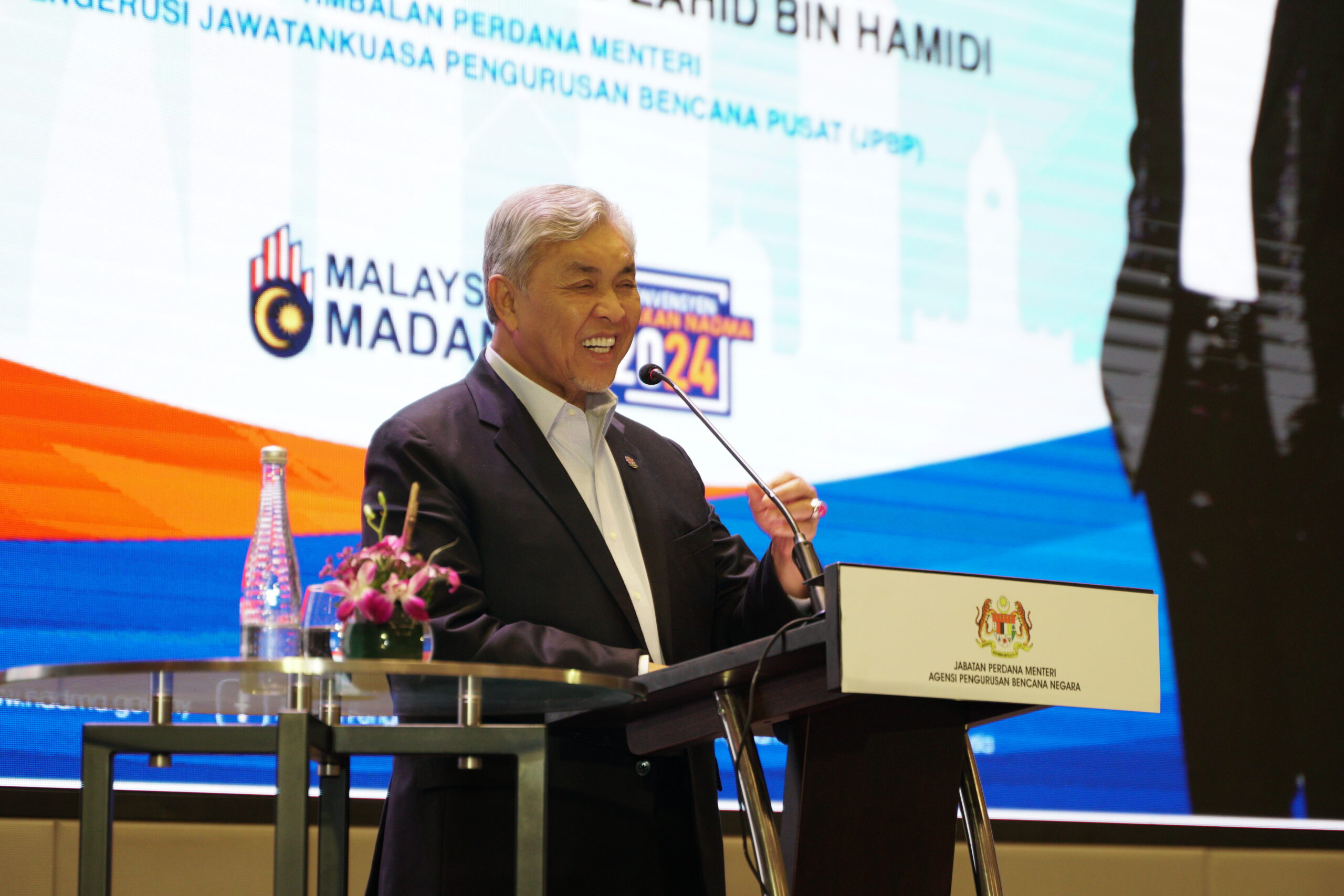
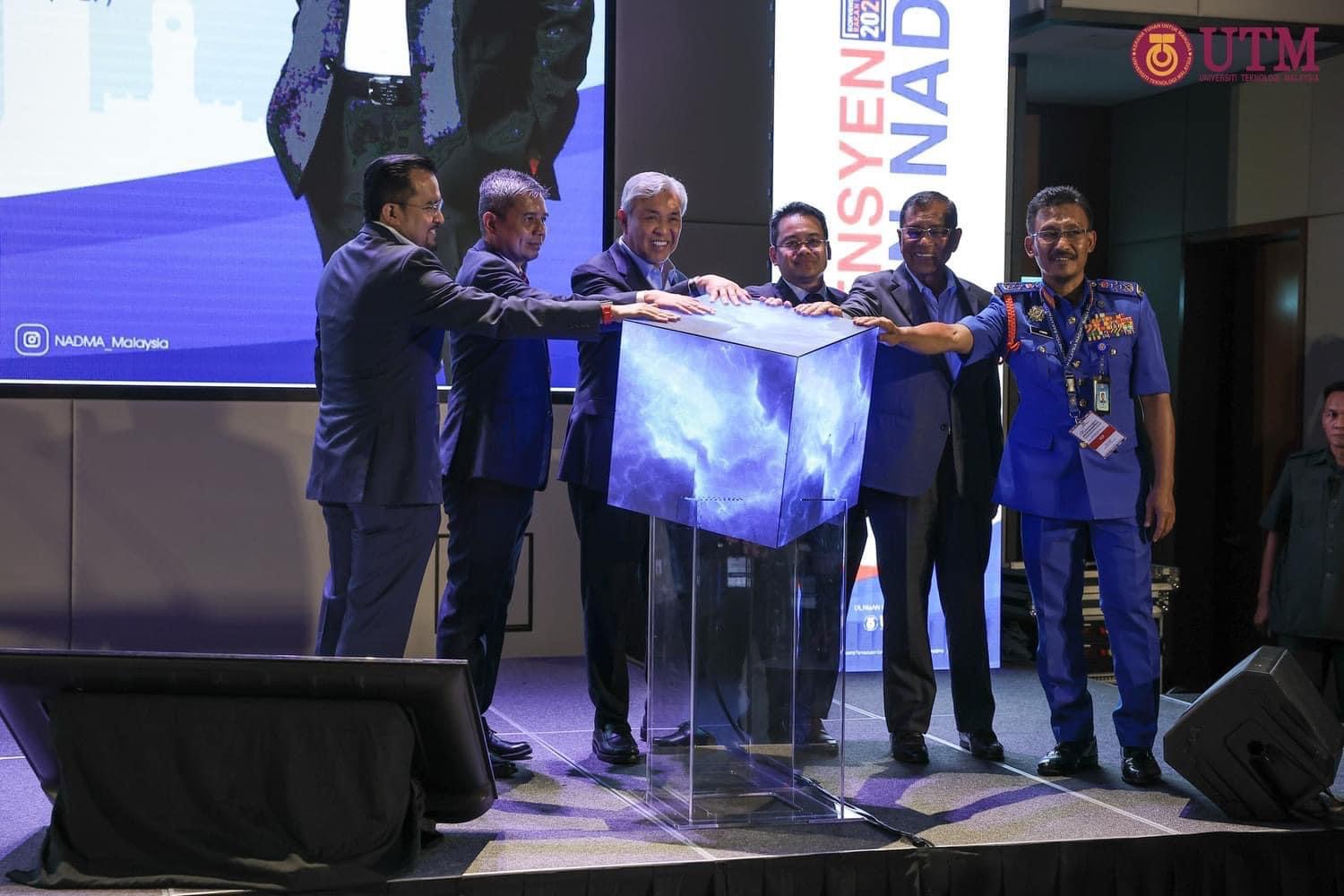
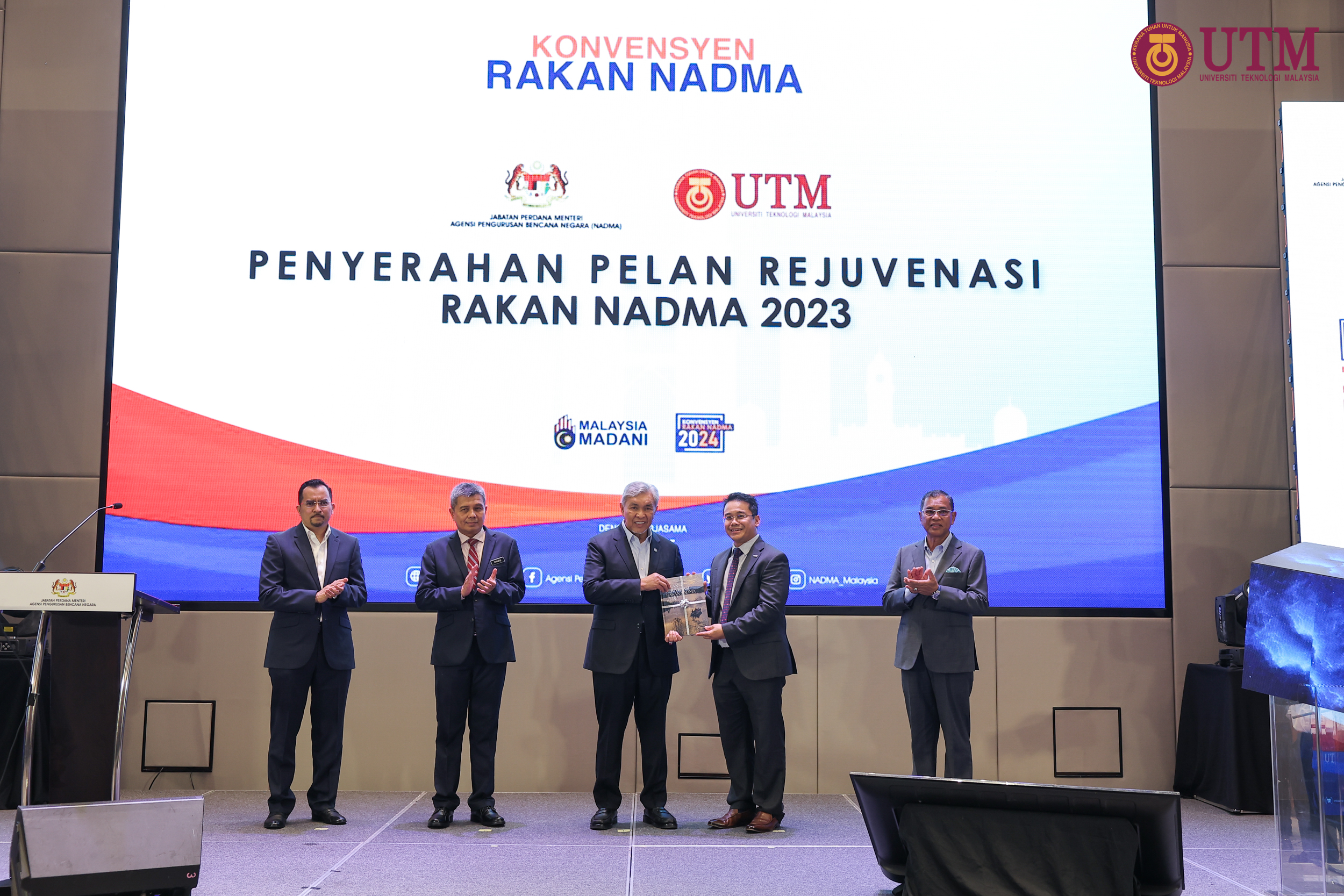
Kehadiran NGO yang bernaung di bawah payung RAKAN NADMA pada hari ini mewakili suara sukarelawan seramai 27,000 orang sejak penubuhannya pada tahun 2016 melalui ikrar komitmen yang akan dilafazkan menyatakan usaha dalam menambahbaik sistem pengurusan bantuan bencana terutama yang berskala besar.
Tiga (3) tonggak utama pemacu pencapaian RAKAN NADMA iaitu:
- Pembangunan Kapasiti dan Kepakaran
- Pengukuhan Daya Tahan Komuniti, dan
- Penyelarasan Operasi dan Koordinasi
Ruang reruai juga disajikan dengan mengetengahkan tema pameran yang berbeza termasuk 10 tahun memperingati Bah Kuning, kesiapsiagaan bencana, teknologi/inovasi, kisah lapangan dan simulasi pusat pemindahan sementara (PPS).
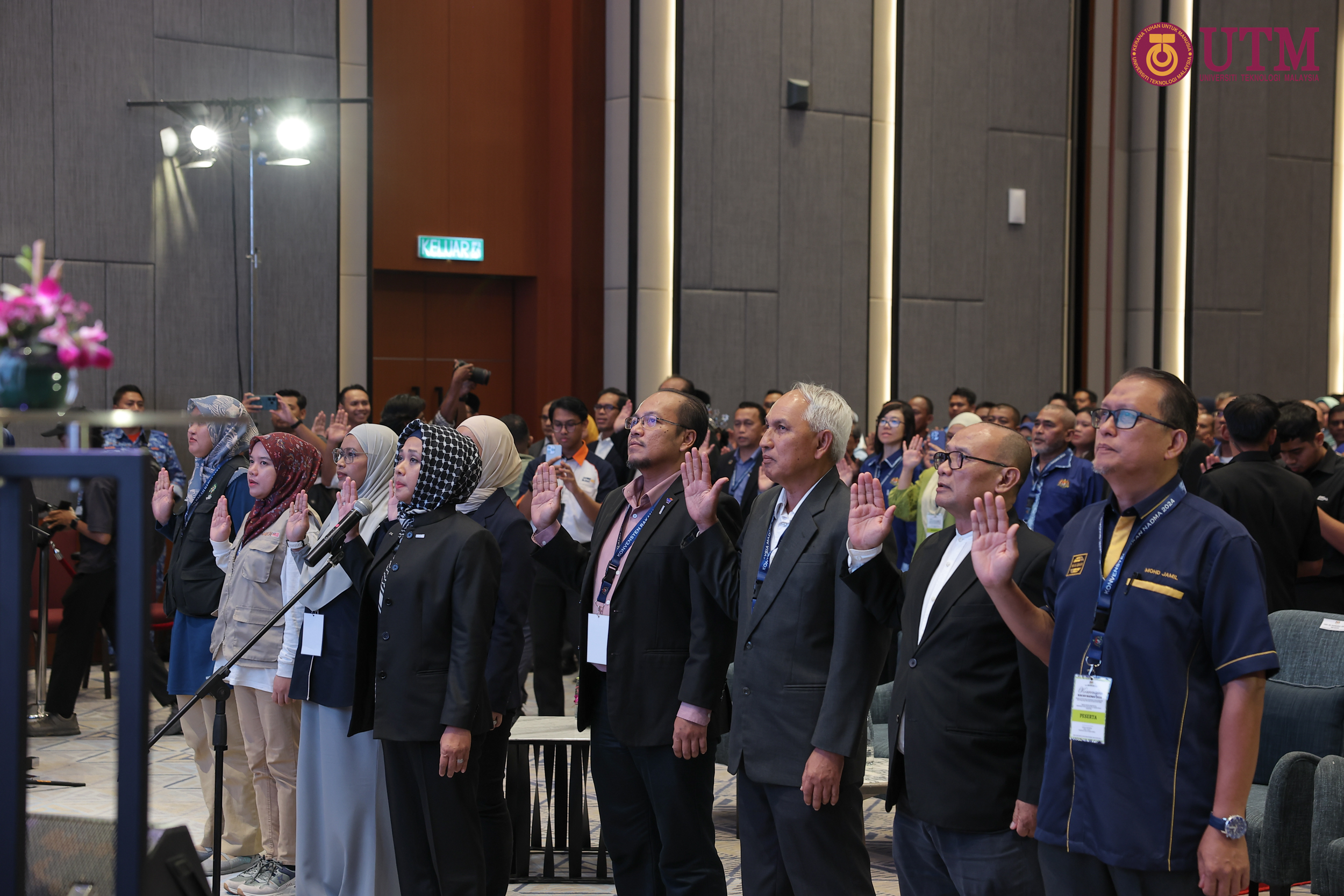
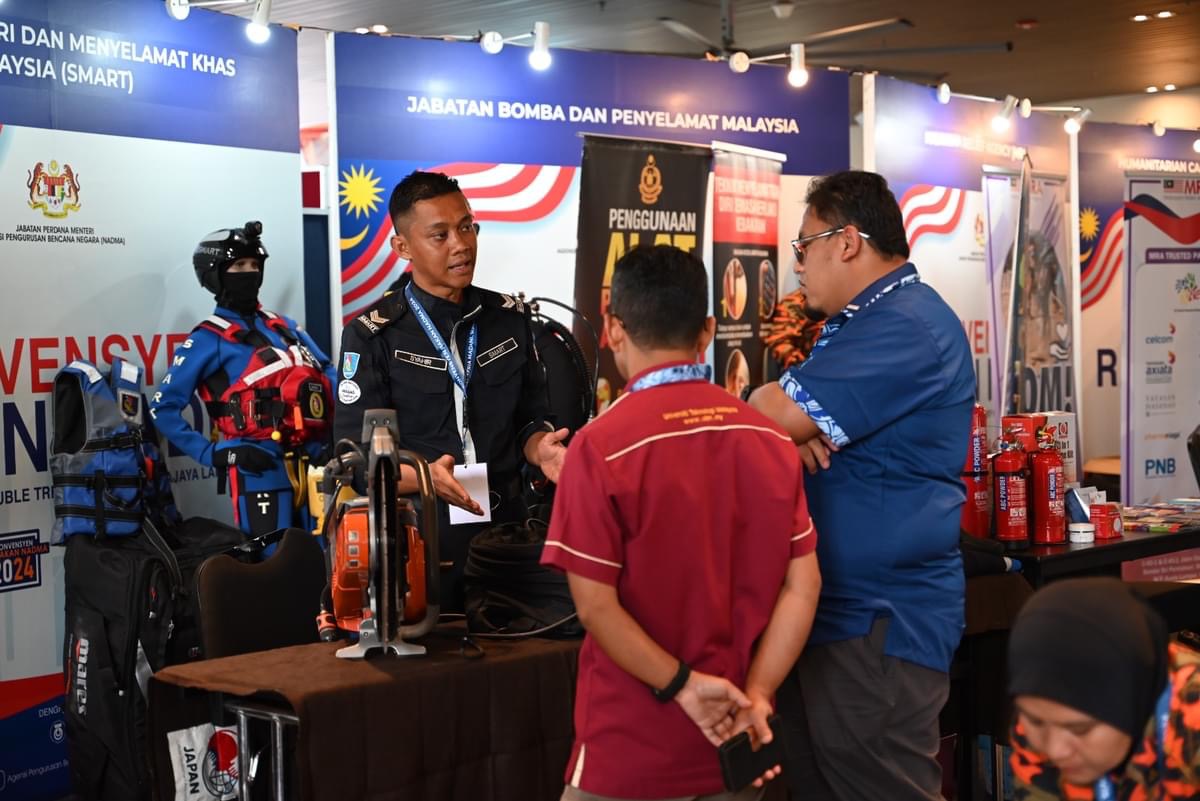
Sesi penutup disajikan dengan demonstrasi menyelamat di aras tinggi “vertical rescue” oleh Pasukan Mencari dan Menyelamat Khas Malaysia (SMART) NADMA. Pasukan SMART NADMA yang ditubuhkan pada Ogos 1995 di bawah Arahan No.19 Majlis Keselamatan Negara (MKN) berikutan kejadian keruntuhan pangsapuri Highlands Towers pada tahun 1993, merupakan kebanggaan dan aset negara.
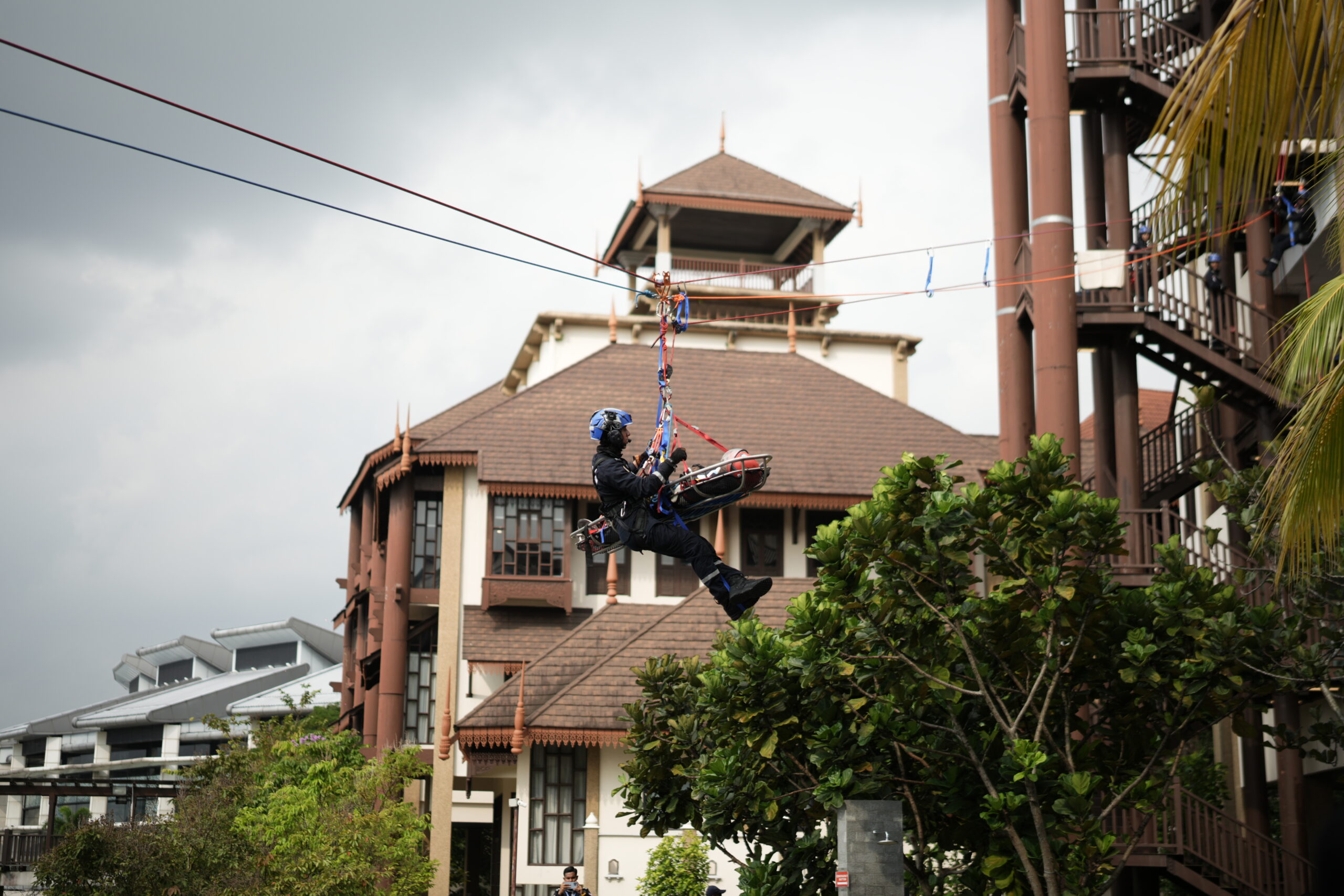
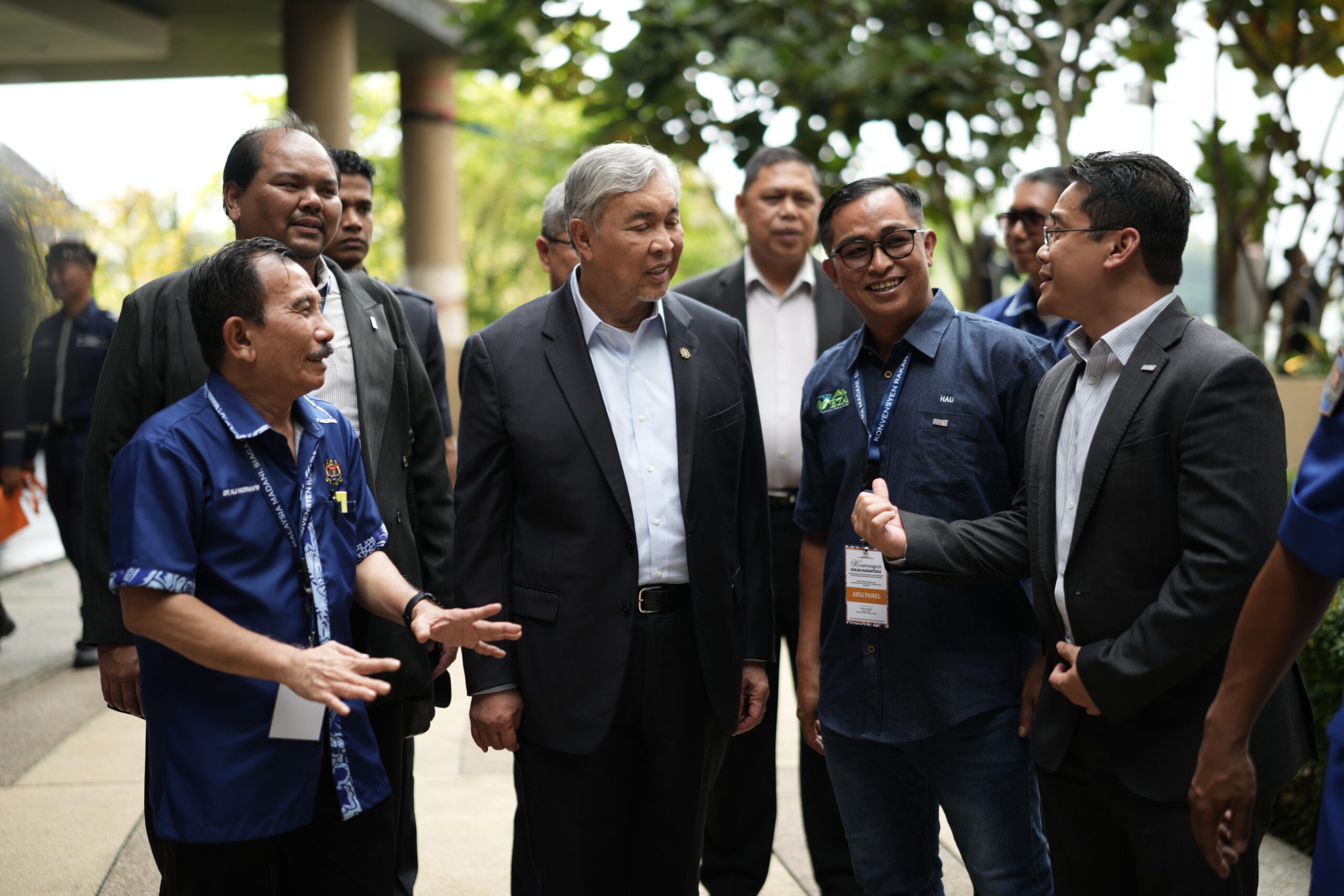
Semoga pelancaran Pelan Rejuvenasi RAKAN NADMA 2030 menjadi asas utama dan panduan bersama untuk memperkasakan kapasiti NGO dan pihak berkepentingan dalam pengurusan bantuan bencana dan kerja-kerja kemanusiaan. Platform RAKAN NADMA akan terus menyokong agenda global dan aspirasi serantau ke arah mempromosikan budaya daya tahan (resilience culture) tempatan.
Dr Khamarrul, pengarah DPPC menyatakan “RAKAN NADMA menjadi pentas utama dan wadah perjuangan pemain-pemain kemanusiaan dan sukarelawan tempatan pelbagai sektor dan kepakaran dalam kesiapsiagaan tindakbalas, intervensi, pemulihan dan pengurangan impak bencana cetusan perubahan iklim, konflik dan aktiviti antropogenik.”
Revolusi penting dalam dunia bencana negara telah mengangkat model Humanitarian-Development Nexus (HDN) berasaskan prinsip kerja-kerja kemanusiaan dan keperluan agenda pembangunan yang diterapkan dalam pelaksanaan dan pemantauan program berimpak di bawah RAKAN NADMA. Program tersebut turut dibiayai oleh badan-badan korporat dan penyumbang dana termasuk Government-Linked Companies (GLC) dan Government-Linked Investment Companies (GLIC) Demi Rakyat dan Negara (GDRN).
Ke arah usaha mengukuhkan persiapan dan mekanisma pengurusan bencana, RAKAN NADMA akan terus menerajui dunia kemanusiaan dan pembangunan, serta membawa bendera Malaysia ke pentas dunia dalam penyaluran bantuan di luar negara akibat krisis kemanusiaan, konflik, dan bencana besar.
Ayuh memartabatkan sektor kemanusiaan dan mengiktirafkan peranan/sumbangan sukarelawan.
DAYA TAHAN BENCANA,
BUDAYA UNIK KITA BERSAMA
Berita RTM : https://youtu.be/KiWVft12v_I?si=asD9pppI0RgwHF6l
